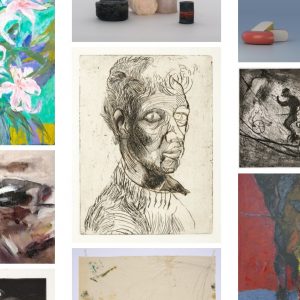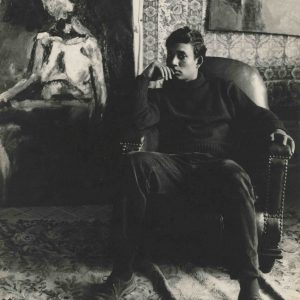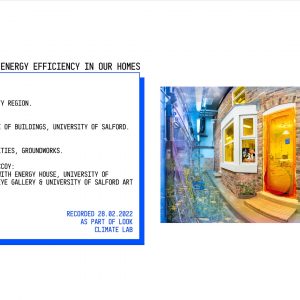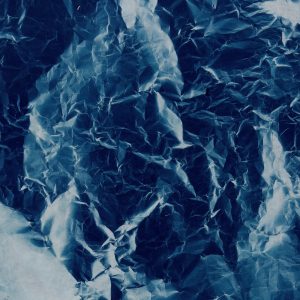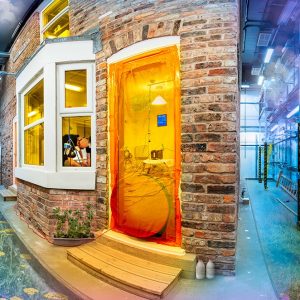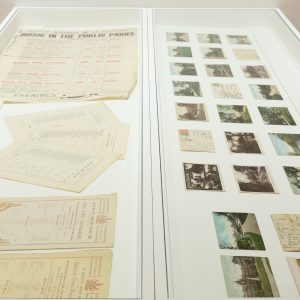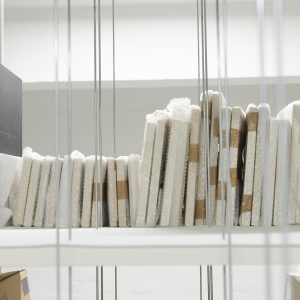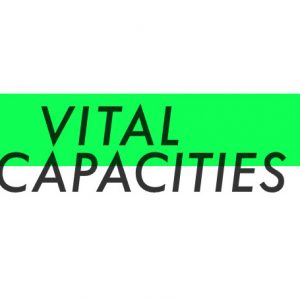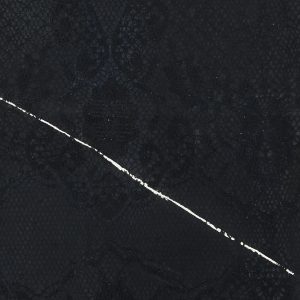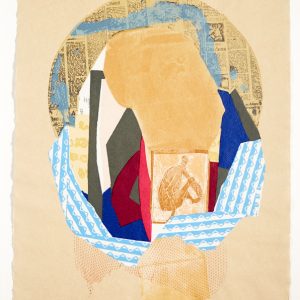
‘sometimes the true meaning of a work doesn’t become clear until much, much later’ … a studio visit with Cecile Elstein.
In the first of a new series highlighting the work of artists in our collection, our Digital Content and Engagement Officer, Alistair Small, pays a visit to the South Manchester studio of Cecile Elstein.
